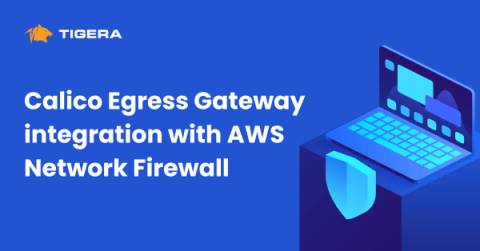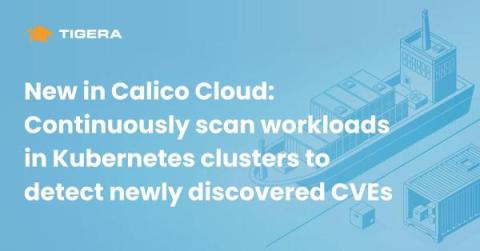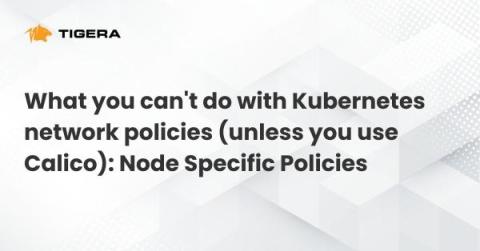Security | Threat Detection | Cyberattacks | DevSecOps | Compliance
Containers
Container Security with Calico: Detect and Respond to Container Attacks with Network Anomaly Detection
Considering the vast attack surface and flat network architecture, Kubernetes workloads are particularly susceptible to network-based threats. While following best practices like workload access controls, workload-centric IDS/IPS, and WAF can help prevent and block attacks, anomaly detection has become crucial in today’s IT landscape to proactively anticipate security threats.
Calico Egress Gateway integration with AWS Network Firewall
Many AWS customers have security requirements that are well beyond what AWS Security Groups or AWS Network Access Control Lists can offer in terms of scalability and security. That’s why many of them turn to AWS Network Firewall as a common solution.
Top four Kubernetes Attack Chains and how to break them
New in Calico Cloud: Continuously scan workloads in Kubernetes clusters to detect newly discovered CVEs
The timeline of an application can be broadly described in 3 phases: Thus, runtime security in the context of a cloud-native container environment broadly refers to the tools and processes leveraged to protect the operation of running containers in production.
Container Security Essentials: Vulnerability Scanning and Change Detection Explained
Containers offer a streamlined application deployment and management approach. Thanks to their efficiency and portability, platforms like Docker and Kubernetes have become household names in the tech industry. However, a misconception lurks in the shadows as containers gain popularity - the belief that active vulnerability scanning becomes redundant once containers are implemented.
What you can't do with Kubernetes network policies (unless you use Calico): Node Specific Policies
In my previous blog post, What you can’t do with Kubernetes network policies (unless you use Calico): TLS Encryption, I talked about use case number two from the list of 9 things you cannot implement using basic Kubernetes network policy—anything TLS related. In this blog post, we’ll be focusing on use case number three: node specific policies.











